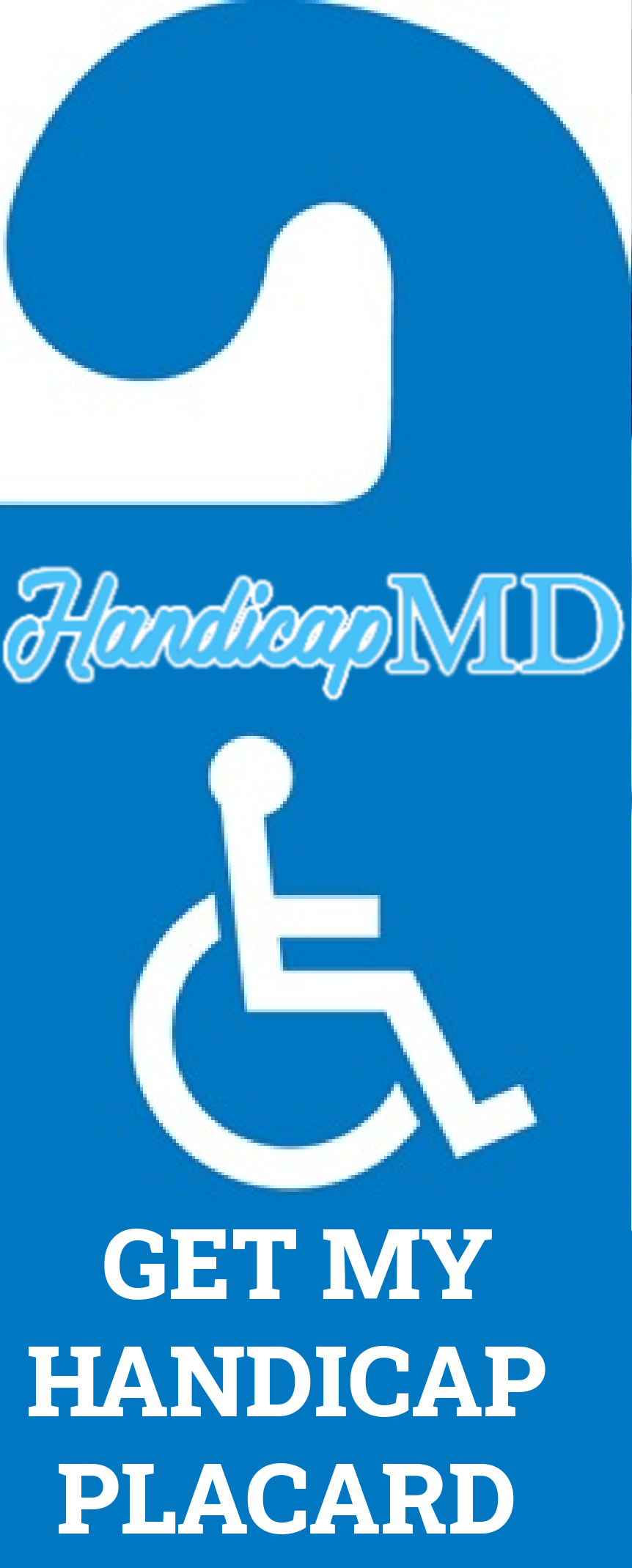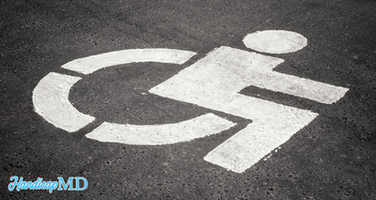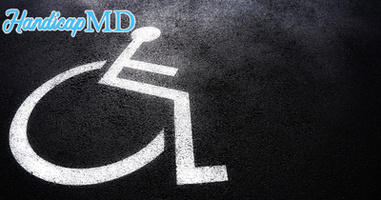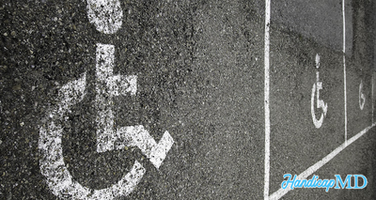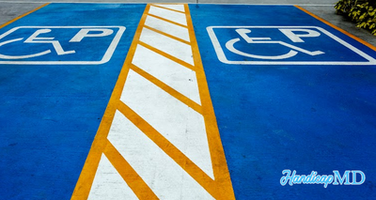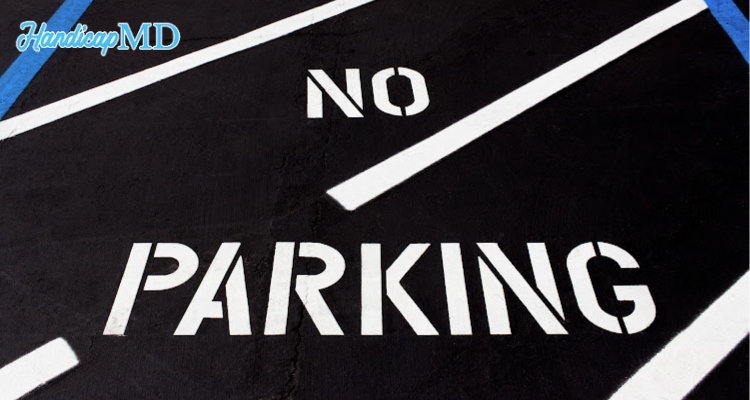
Myths vs. Facts: Debunking Common Misconceptions about Handicap Placards in Minneapolis MN
Introduction
Handicap placards serve as vital tools for individuals with disabilities, providing them with necessary accommodations and access to various facilities. However, misconceptions about these permits persist, leading to misunderstandings and sometimes even misuse. In this article, we aim to debunk some of the common myths surrounding handicap placards in Minneapolis MN and shed light on the facts.
Myth: Handicap placards are only for people in wheelchairs
It is a widespread misconception that handicap permits are exclusively for individuals who use wheelchairs. However, the reality is that these passes are designed to assist individuals with a wide range of mobility issues, including those who may not use wheelchairs but still require accommodations for walking or standing for extended periods.
Fact: Disability placards are for individuals with various mobility issues
Disability passes are not limited to wheelchair users. They are intended for individuals with diverse disabilities, such as chronic pain conditions, heart conditions, respiratory disorders, and more. The issuance of a pass is based on the individual's specific mobility needs and not solely on their ability to use a wheelchair.
Myth: Handicap placards are easily obtainable by anyone
There is a misconception that disability permits are readily available to anyone who applies for them, leading to widespread misuse of these permits. However, the truth is that obtaining a Minnesota handicap permit requires proper documentation and approval from a medical professional.
Fact: Disability placards require proper documentation and approval
To qualify for a handicap placard in Minneapolis, individuals must provide medical documentation confirming their disability and its impact on their mobility. This documentation is carefully reviewed by the relevant authorities to ensure that the passes are issued only to those who genuinely need them.
Myth: Handicap placards are only for parking convenience
Some people believe that disability passes are primarily for parking convenience, allowing holders to park closer to building entrances. While parking privileges are indeed one aspect of disability passes, their benefits extend far beyond mere convenience.
Fact: Disability placards promote accessibility and inclusivity
Handicap permits play a crucial role in promoting accessibility and inclusivity for individuals with disabilities. They enable authorized holders to access designated parking spaces, but they also provide accommodations in other areas, such as access to accessible restrooms, ramps, and other facilities.
Myth: Handicap placards are permanent
There is a misconception that once issued, disability permits are permanent and do not require renewal. However, the reality is that permits may be temporary or permanent, depending on the individual's medical condition and prognosis.
Fact: Disability placards may be temporary or permanent
Temporary passes are issued for a specified duration, typically based on the expected duration of the individual's mobility impairment. Permanent ones are issued for long-term disabilities that are not expected to improve significantly over time. Both types of passes require periodic renewal to ensure continued eligibility.
Myth: Handicap placards are unnecessary with designated accessible parking spots
Some people believe that the presence of designated disabled parking spots eliminates the need for handicap permits. However, accessible parking spots alone cannot address all the mobility needs of individuals with disabilities.
Fact: Disability placards provide additional accommodations
Handicap passes offer more than just parking privileges. They provide individuals with disabilities with access to a range of accommodations, including closer proximity to building entrances, access to wheelchair ramps, and other facilities that enhance their mobility and independence.
Myth: Handicap placards are a privilege, not a necessity
There is a misconception that disability permits are a privilege rather than a necessity for individuals with disabilities. This belief undermines the importance of equitable access and accommodation for people with mobility impairments.
Fact: Disability placards are essential for individuals with disabilities
Handicap passes are essential tools that enable individuals with disabilities to navigate their surroundings safely and independently. They are not privileges but rather vital accommodations that promote inclusivity and accessibility for all members of society.
FAQs
What documents are needed to apply for a pass? To apply for a disability pass, individuals typically need to provide medical documentation confirming their disability and its impact on their mobility. This documentation is usually obtained from a licensed medical professional.
Can a disability permit be transferred between vehicles? Yes, these are transferable between vehicles as long as the authorized holder is present in the vehicle or using the parking space.
Are there penalties for misuse of a disability pass? Yes, misuse of a pass can result in fines, penalties, and even the revocation. It is essential to use the pass only for its intended purposes.
How long does it take to receive a permit after applying? The processing time for disability permit applications varies depending on the issuing authority and the completeness of the application. In general, it may take a few weeks to receive a placard after applying.
Are there any alternatives to a pass for accessibility? While disability passes are a common accommodation for individuals with disabilities, there may be alternative options available, such as accessible transportation services or assistance from caregivers or companions.
Conclusion
In conclusion, debunking common myths about handicap placards in Minneapolis MN is essential for fostering understanding and respect for individuals with disabilities. Handicap placards serve as lifelines for many people, providing them with the necessary accommodations to participate fully in society. By debunking misconceptions and highlighting the facts, we can create a more inclusive and accessible environment for everyone.
.png)
